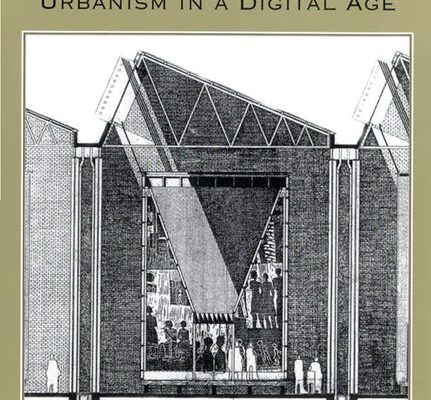[READING RESPONSE: ACKBAR ABBARS]
This essay discussed ideas which are exorbitant city and generic city. Hong Kong have shown a lot in local films as exorbitant city previously under Abbars classification, which city fill with glassy skyscrapers and hang over neon/LED light advert boards that looks like a replica of each others. Compared to western cities like New York and London, Hong Kong developed much later. Classical tall buildings which were built in early 20 centuries were more commonly found in those western cities, and changing to glassy skyscrapers of today. Form the sky line of those cities, people could observe old and new,
